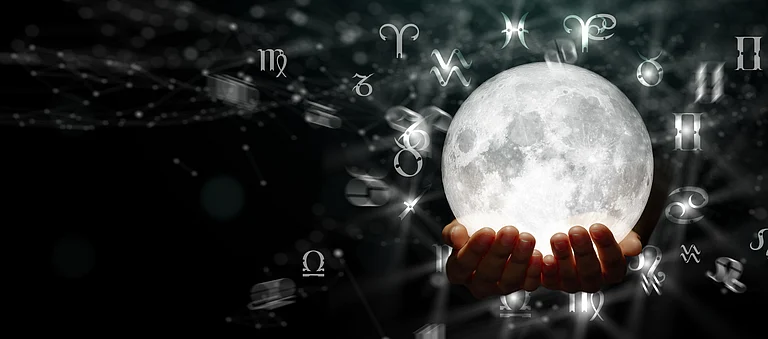Tonight’s full moon is not just a regular celestial event—it’s a rare combination of three fascinating phenomena: the Supermoon, the Blue Moon, and the Sturgeon Moon. Let’s break down what makes this August 19th full moon so special.
What Is A Supermoon?
A Supermoon happens when the moon is at its closest point to Earth, known as perigee, during its full moon phase. This means it looks bigger and brighter than usual. The term "Supermoon" was introduced by astrologer Richard Nolle in 1979. NASA explains that because the moon’s orbit around Earth is not a perfect circle, its distance from Earth varies. Supermoons occur three to four times a year, but they only make up about 25% of all full moons.
What About The Blue Moon?
The term "Blue Moon" has two meanings: monthly and seasonal. August's full moon is a seasonal Blue Moon, which is rare. Typically, there are three full moons in each astronomical season (from solstice to equinox or vice versa). When there are four, the third one is called a Blue Moon. The next seasonal Blue Moon won’t appear until May 2027.
Monthly Blue Moons, which happen roughly every 2-3 years, refer to the second full moon in a single calendar month. While Blue Moons are uncommon, a Supermoon that is also a Blue Moon is even rarer, with occurrences ranging from every 10 to 20 years. The next pairing of a Supermoon and Blue Moon will occur in January and March 2037.
The Sturgeon Moon
The name "Sturgeon Moon" comes from Native American tribes who used lunar names to track seasonal changes. August’s full moon was named after the large sturgeon fish found in the Great Lakes and Lake Champlain, which were most easily caught during this time of year. Other names for August’s full moon include the Black Cherries Moon, Corn Moon, and Mountain Shadows Moon. Unfortunately, sturgeon populations have declined due to overfishing and habitat loss.
Will The Moon Actually Appear Blue?
Despite the name, the moon won’t turn blue tonight. When you see images of a blue moon, the blue color is usually added through filters or photo editing. Real blue moons are incredibly rare and usually result from specific atmospheric conditions, such as volcanic ash. The term "Blue Moon" has been in use since at least 1528, but naturally occurring blue moons are few and far between.
What’s Happening In The Night Sky?
If you’re keen on stargazing this month, here are some highlights:
August 11: The Perseid meteor shower peaked but continues into September. Look for meteors after the moon sets around 11:30 p.m. local time.
August 19: Watch the full moon.
August 20: The moon will move past Saturn, rising in the east and traveling west throughout the night.
August 27: A crescent moon will join Mars and Jupiter before sunrise for a spectacular trio in the eastern sky.
All Month: The Lagoon Nebula is visible with binoculars or a telescope in the constellation Sagittarius, near "The Teapot" star pattern.
Enjoy tonight's full moon—whether you’re a seasoned stargazer or just curious about the cosmos, this August full moon is a celestial event not to be missed!



























